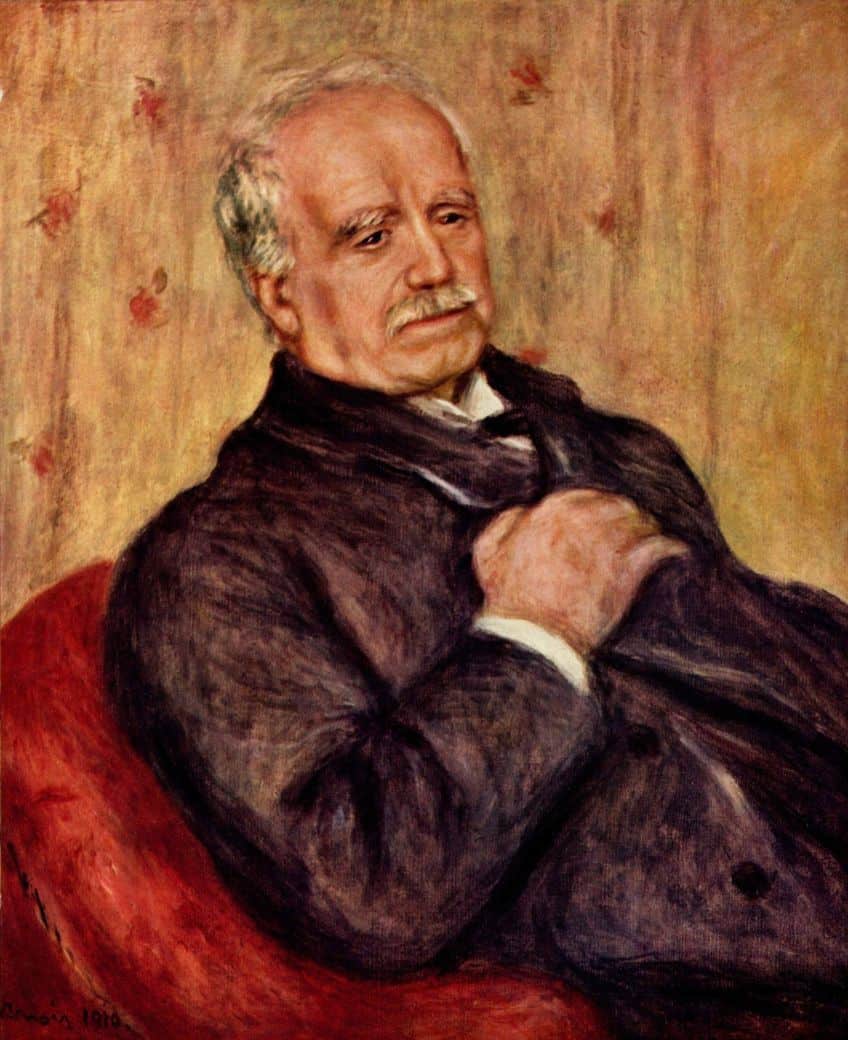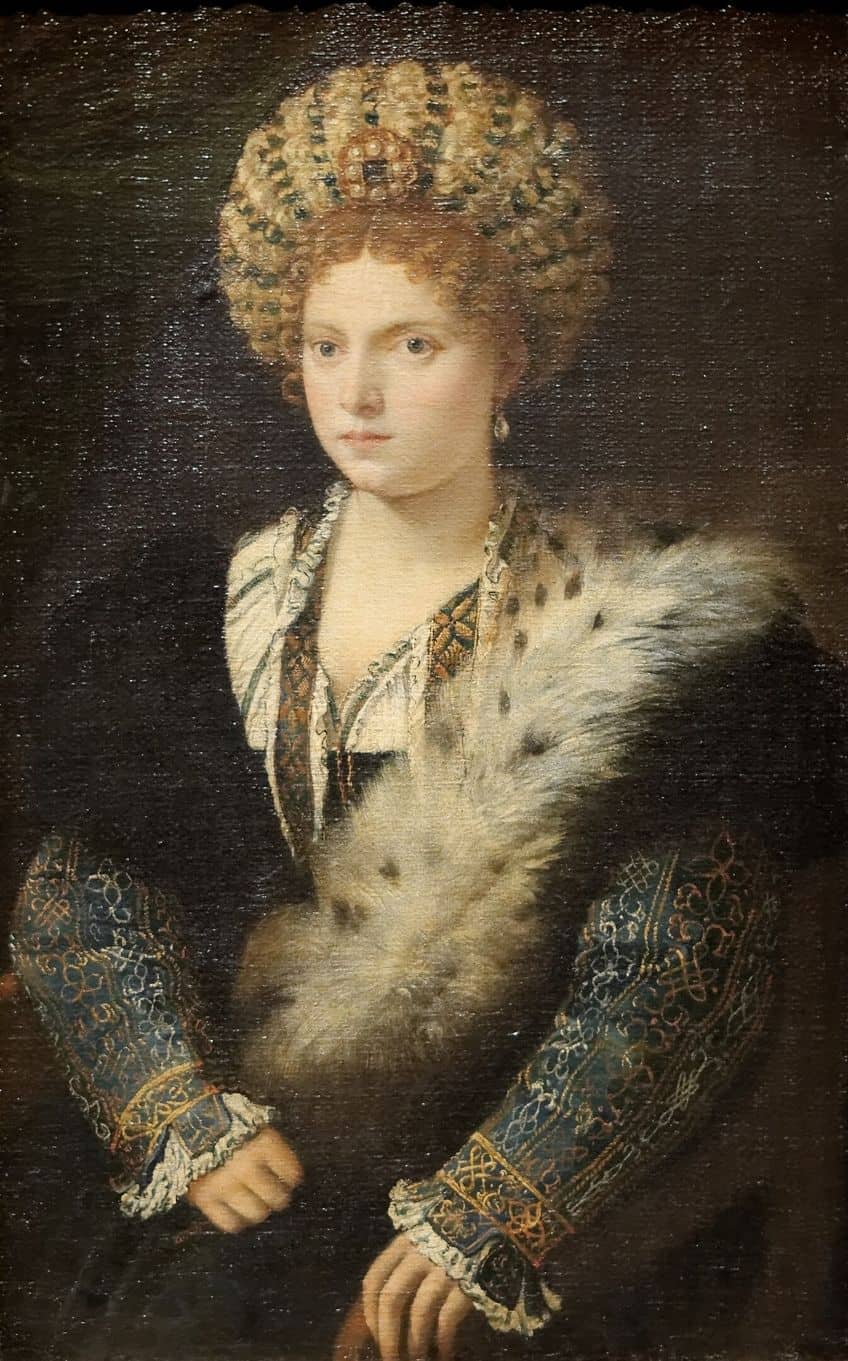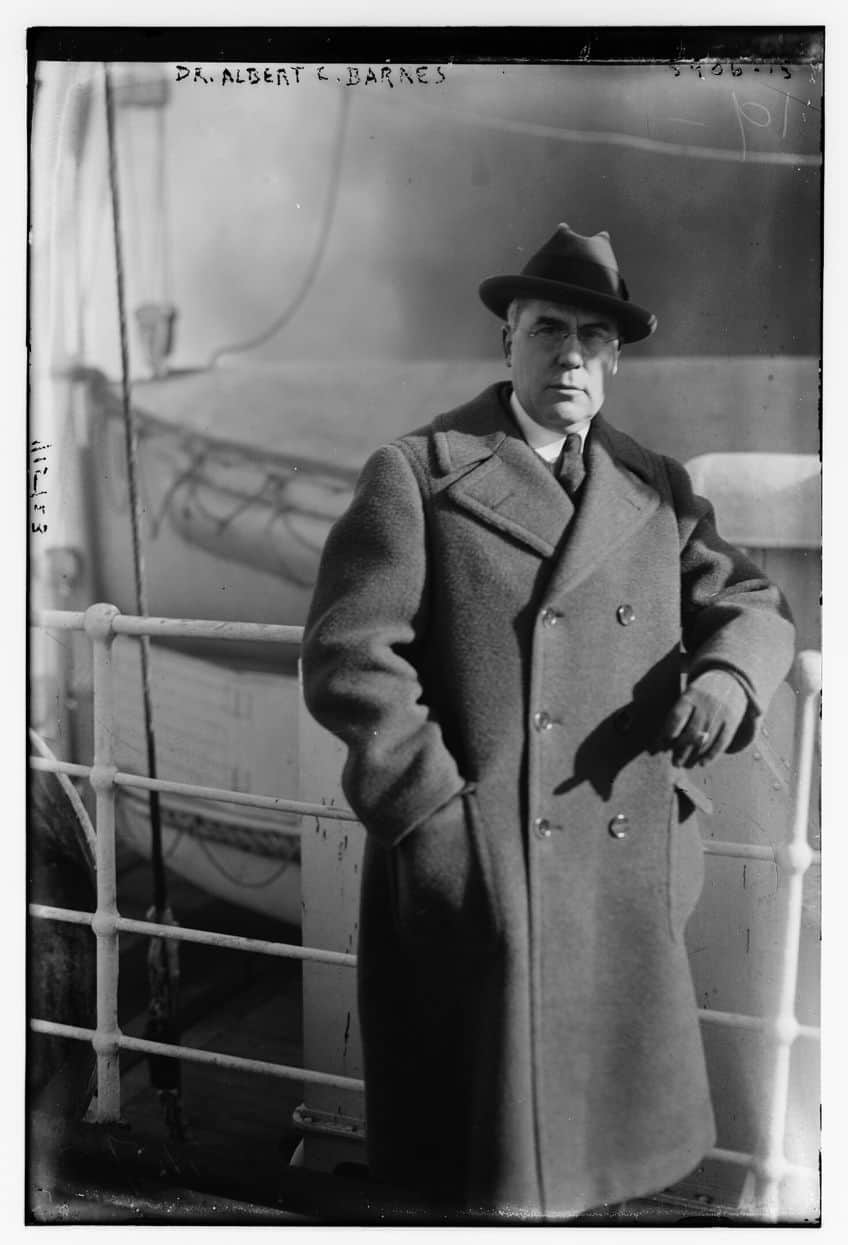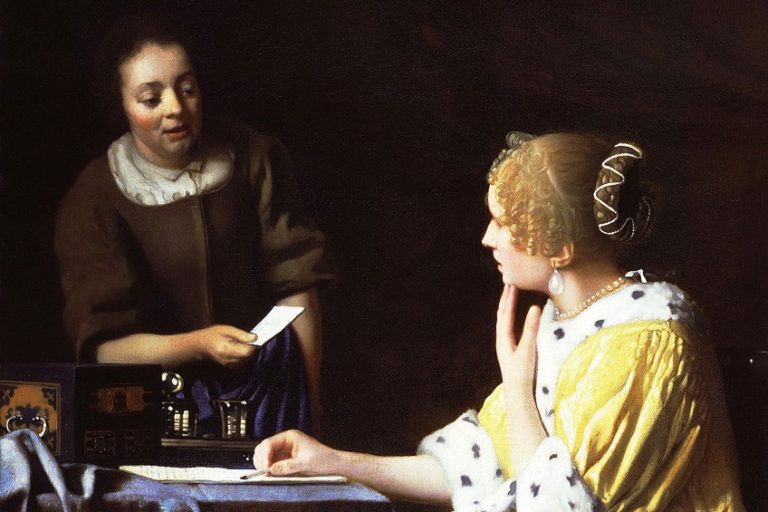What Is an Art Patron? – The Figures Behind the Works of Art
In the vibrant world of art, one figure stands out like a modern-day Medici, shaping the cultural landscape with their passion, influence, and yes, their pocketbook. Enter the art patron, the unsung hero behind many masterpieces, whose love for creativity is matched only by their knack for turning blank canvases into priceless treasures. From Renaissance princes to contemporary moguls, these patrons have woven themselves into the fabric of art history, leaving a legacy as colorful as the brushstrokes they support. So, grab your palette and join us on a journey to uncover the secrets, stories, and sheer joy of being an art patron.
Table of Contents
Key Takeaways
- Art patrons provide crucial support necessary for artists to create and exhibit their work.
- Patronage shapes the arts landscape through funding, commissions, and support initiatives.
- The dynamics of patronage are evolving with the advent of digital art and changing cultural consumption patterns.
The Role of Art Patrons
An art patron plays a vital role in the art world by providing the necessary support that artists and art institutions require to create, exhibit, and advance in their work. Historically, this support has taken many forms, from financial backing to commissioning works, and from offering resources to providing networks for exposure. The symbiotic relationship between artists and patrons has propelled the creation of art, facilitating cultural development and enabling artistic endeavors to thrive.

Today, the landscape of art patronage encompasses a broad range of activities. Patrons might be individuals of means, corporations with cultural engagement programs, or even governmental bodies. They influence the arts landscape by funding and commissioning works, sponsoring exhibitions, and providing grants or scholarships. Their objectives might range from a genuine passion for the arts, desire for social prestige, or investment in community and cultural heritage.
The evolution of art patronage continues as new platforms and forms of art emerge, adapting to the changing needs of artists and the public’s engagement with art.
Historical Overview
Throughout history, art patronage has been pivotal in the development and preservation of cultural heritage. Patrons, ranging from affluent individuals to powerful organizations, have been instrumental in championing the arts. They provide financial support, professional guidance, and enhanced visibility to artists and cultural projects. This symbiotic relationship has allowed creativity to flourish, ensuring that museums, galleries, and public spaces are enriched with diverse and innovative works of art.

Patronage in the Renaissance Era
The Renaissance marks an era wherein patronage was the lifeblood of the arts. Patrons such as the Medici family wielded significant power and influence, fostering an environment that allowed artists to undertake grand artistic endeavors. They commissioned works not only as a display of wealth and status but also as a means to support artistic innovation and cultural enrichment. Art patronage during this period often involved direct commissions, which provided financial stability for many artists, enabling them to focus on their craft without the burden of financial insecurity.
During the Renaissance, the relationship between the patron and the artist was one of mutual benefit; patrons received recognition and social prestige, while artists enjoyed the freedom to pursue their creative aspirations. This era set a precedent for art patronage that still resonates in contemporary culture.
Types of Patrons and Their Impact
Art patrons play an essential role in the creative process, facilitating the production of artworks through financial and social support. Their impact on the art world shapes artistic trends, access, and historical legacy.

Individual Patrons
Individual patrons often come from private backgrounds, such as collectors, philanthropists, and wealthy families. They act out of personal interest, passion for the arts, or desire for social prestige. Historically, these patrons directly commissioned and funded artists, profoundly influencing the art that was created. For instance, the Medici family in Renaissance Italy were famed for their extensive patronage, shaping the growth of Renaissance art.
Churches also have been pivotal as individual patrons. Throughout history, the Church commissioned innumerable works with religious themes, significantly impacting religious iconography. Common characteristics of individual patrons include:
- Often act independently or represent a family legacy
- Commission art for private or public display
- Can influence an artist’s reputation and success
Institutional and Corporate Patronage
Institutions such as museums, universities, and non-profit organizations, along with corporations, extend patronage through sponsorships, grants, and commissions, often supporting larger projects or a group of artists. The impact of institutional patronage is widespread, often shaping public art spaces and educational initiatives.

Corporations, on the other hand, engage in art patronage for branding, enhancing corporate environments, or demonstrating social responsibility. They may sponsor exhibitions or contribute to the creation of public artworks. Institutional and corporate patrons have significant influence over the visibility and accessibility of art. Features of institutional and corporate patronage include:
- Provide support through a structured program or initiative
- Aim to create or enhance collective cultural wealth
- Offer opportunities for artists to gain broader recognition
Artist and Patron Dynamics
The relationship between artists and patrons is defined by mutual agreement and support, where both parties contribute to the creation and fostering of art. This dynamic revolves around the commission of artworks and extends to non-financial means of support that nurture creative endeavors.

Commissioning Art
- Contracts: Formal agreements outline the scope and expectations of commissions, ensuring clarity between the patron and the artist. These contracts serve as legal documentation, detailing the patron’s requirements and the artist’s deliverables.
- Studio space and resources: Patrons often provide artists with studio space and essential resources required for their creative process. This support can include materials, access to fabrication facilities, and opportunities to work with new technologies or mediums.
- Networking: A patron’s network can open doors for artists, offering valuable opportunities to connect with galleries, curators, and fellow creators. Such connections can lead to further commissions and exhibitions, fostering an artist’s career growth.
Support Beyond Financial Aid
- Mentorship: Patrons may also offer guidance and advice, drawing on their experience and knowledge of the art world to mentor artists.
- Promotion: Through their influence, patrons can play a key role in promoting an artist’s work, helping to increase their visibility and reputation within the art community.
- Relationships: The patron-artist relationship can evolve beyond transactions to become a collaborative partnership with shared goals. Establishing a strong, mutual respect between the patron and the artist is vital for a successful and enduring artistic collaboration.
Art Patronage Today
Art patronage has evolved to incorporate modern methods and technologies, significantly altering the support landscape for artists and their work.

Contemporary Approaches
Modern art patrons employ diverse strategies to support the arts. They range from traditional methods, such as funding and commissions, to innovative models that intertwine artistic sponsorship with branding and marketing efforts. Contemporary patrons include private individuals, corporations, and governmental bodies. Brand patronage has become a key player in this space, where companies support artists to align with social causes and enhance their brand image through corporate art collections and exhibition sponsorships.
The influence of young British artists has been noteworthy in the art scene, steering patronage trends with their bold styles and unique approaches that attract both private and public patrons.
The Influence of Technology
Technology has revolutionized art patronage through digital tools that facilitate exposure and sales. Platforms enable patrons to discover and support artists remotely, while artists leverage social media to gain visibility and attract patronage. Notably, the role of digital art has expanded, with patrons now funding digital projects and artists utilizing these tools to create new forms of art. Sales are increasingly conducted online, offering a wider audience and new revenue streams for artists. This digital shift has democratized patronage, allowing a broader spectrum of individuals to participate and support the arts using technology.

As we conclude our exploration into the world of art patrons, one thing is abundantly clear: their impact transcends mere transactions and transforms into a legacy of cultural enrichment. From fostering emerging talent to preserving centuries-old traditions, art patrons are the pillars that uphold creativity’s grand stage. So, here’s to the visionaries, the risk-takers, and the guardians of artistic expression. May their passion continue to inspire, their support continue to nurture, and their love for art echo through the halls of history for generations to come.
Frequently Asked Questions
Who Are Some Famous Art Patrons Throughout History?
Historically, art patrons such as the Medici family in Renaissance Italy wielded substantial influence, funding the works of Leonardo da Vinci and Michelangelo. Peggy Guggenheim is another notable figure; she played a crucial role in championing modern art, showing support for artists like Jackson Pollock and Max Ernst.
How Does Art Patronage Work in the Art World?
Art patronage involves various support methods, including financial backing, commissioning pieces, and providing artists with platforms to exhibit their work. Patrons often have agreements or contractual relationships with artists, contributing directly to their careers’ sustainability and success.
What Role Do Patrons Play in Supporting the Arts Today?
Today, patrons uphold the arts through various means such as establishing foundations, funding residencies, and awarding grants. They provide essential resources for both emerging and established artists, allowing for creative exploration and the production of new work within a supportive framework.
Isabella studied at the University of Cape Town in South Africa and graduated with a Bachelor of Arts majoring in English Literature & Language and Psychology. Throughout her undergraduate years, she took Art History as an additional subject and absolutely loved it. Building on from her art history knowledge that began in high school, art has always been a particular area of fascination for her. From learning about artworks previously unknown to her, or sharpening her existing understanding of specific works, the ability to continue learning within this interesting sphere excites her greatly.
Her focal points of interest in art history encompass profiling specific artists and art movements, as it is these areas where she is able to really dig deep into the rich narrative of the art world. Additionally, she particularly enjoys exploring the different artistic styles of the 20th century, as well as the important impact that female artists have had on the development of art history.
Learn more about Isabella Meyer and the Art in Context Team.
Cite this Article
Isabella, Meyer, “What Is an Art Patron? – The Figures Behind the Works of Art.” Art in Context. April 8, 2024. URL: https://artincontext.org/what-is-an-art-patron/
Meyer, I. (2024, 8 April). What Is an Art Patron? – The Figures Behind the Works of Art. Art in Context. https://artincontext.org/what-is-an-art-patron/
Meyer, Isabella. “What Is an Art Patron? – The Figures Behind the Works of Art.” Art in Context, April 8, 2024. https://artincontext.org/what-is-an-art-patron/.











